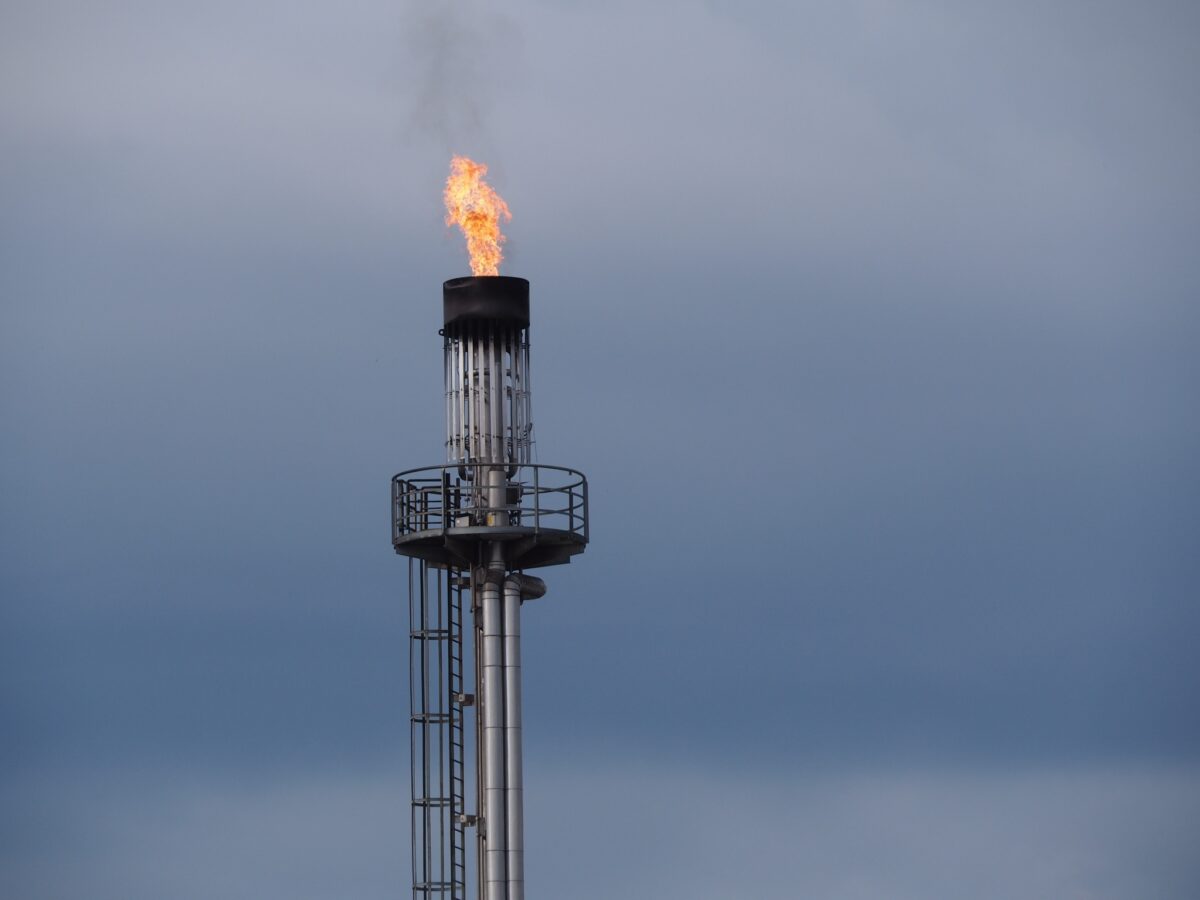The Sierra Club unveiled the findings of a white paper on the role of natural gas within the energy mix of the New England states in a May 11 Zoom presentation. The environmental organization funded the study that was conducted by environmental consulting group Stratagen.

“We feel that this is a really, really important issue in New England,”said Allyson Samuell, an organizing representative for the Sierra Club’s Building Electrification Campaign in New England.
Brad Cebulko, senior manager at Strategen walked, the webinar’s attendees through the contents of the white paper.
“New England is particularly vulnerable to fossil gas price volatility,”Cebulko said. “And it’s because of the unique situation of New England itself. In 2000, natural gas was about 15% of electricity generation. When we talked about the gas price decrease happening in 2009 or so, that spurred a whole lot of growth in the electric generation sector as we moved away from expensive coal to fossil gas plants, which were running on a cheaper fuel.”Cebulko used the term “fossil gas”to refer to natural gas, emphasizing that the current supply is primarily from hydraulic fracturing operations in the western part of the country as opposed to captured methane generated by farms or treatment plants. The origins of the natural gas are an important consideration in understanding energy policy in New England as the lack of local sources creates a dependency on pipelines.
Also, 53% of New England’s electricity generation comes from burning natural gas, with most of it being imported from sources in Texas, Oklahoma, Colorado and Wyoming.
Cebulko explained that existing infrastructure for bringing natural gas to the region is already at maximum capacity, while international pressures related to the war in Ukraine and fluctuations in the prices of other fossil fuels mean that while New England is the “end of the line”for natural gas, it is not always the end user.
“The United States in 2015, 2016 was an LNG [Liquid Natural Gas] importer,”Cebulko noted. “Since then, we have become an exporter; in 2022 the United States became the largest LNG exporter in the world. Domestic fossil gas prices are more interconnected with the global market than ever before.”Renewables can generate the cheapest power available, but their impact is hard for consumers to feel at present. The regional transmission organization ISO (Independent System Operator) New England sets a “market clearing price”for what energy costs at a given moment in time, which is determined by the most expensive form of electricity generation currently in operation. As a result, the entire supply of renewable electricity in New England is used every day.
However, the rate per kilowatt hour paid to generators is typically set by natural gas plants which pick up the slack left by the shortfall of nuclear power and renewables like solar, wind, and hydroelectric. Cebulko said that increasing installation of solar and wind power alongside infrastructure to store energy for when demand peaks will eventually be able to supplant gas entirely ““ but this will take some time to achieve, while the time it would take to increase the availability of gas in New England is itself a barrier.
“In the short run, adding additional pipeline capacity would relieve some of the price impacts, but one thing that our regulatory and market structures don’t do a great job of is capturing long-term costs and risks,”Cebulko explained. “A new pipeline is a many decades long investment, these things are going to be around for a long time, 50 to 60 years, it takes a long time to recover the cost of it. You’re locking in a whole lot of investment at tremendous cost, both financial and the challenges of building in New England, so there’s significant risk associated with locking in that price over the long run particularly if society successfully decarbonizes and walks away from all that gas.”Not on the table for the discussion was nuclear power, which already provides 38% of Connecticut’s electricity and has grown in popularity among some environmentalists for its ability to provide reliable electricity without CO2 emissions and lower overall tonnage of waste produced compared to coal or natural gas.
Vick Mohanka, the acting deputy chapter director for the Massachusetts Chapter of the Sierra Club, discussed nuclear power during an audience question period. He reiterated that the organization hopes to promote improved energy efficiency and renewable power projects but had to state that the “Sierra Club position is that we don’t support nuclear energy, especially to fulfill these needs.”Cebulko noted that nuclear power does have lower price volatility than fossil-fuel derived options, but the focus of the paper was the viability of renewables for stabilizing energy costs.
“Our regional grid does have nuclear on it,”Mohanka allowed. “But there aren’t a lot of large nuclear projects. It’s not something ready to go right now.”






















Nuclear is the only logical solution. It generates power 24/7 unlike wind and solar and is clean as it just releases steam. New technology makes it safer then ever before.